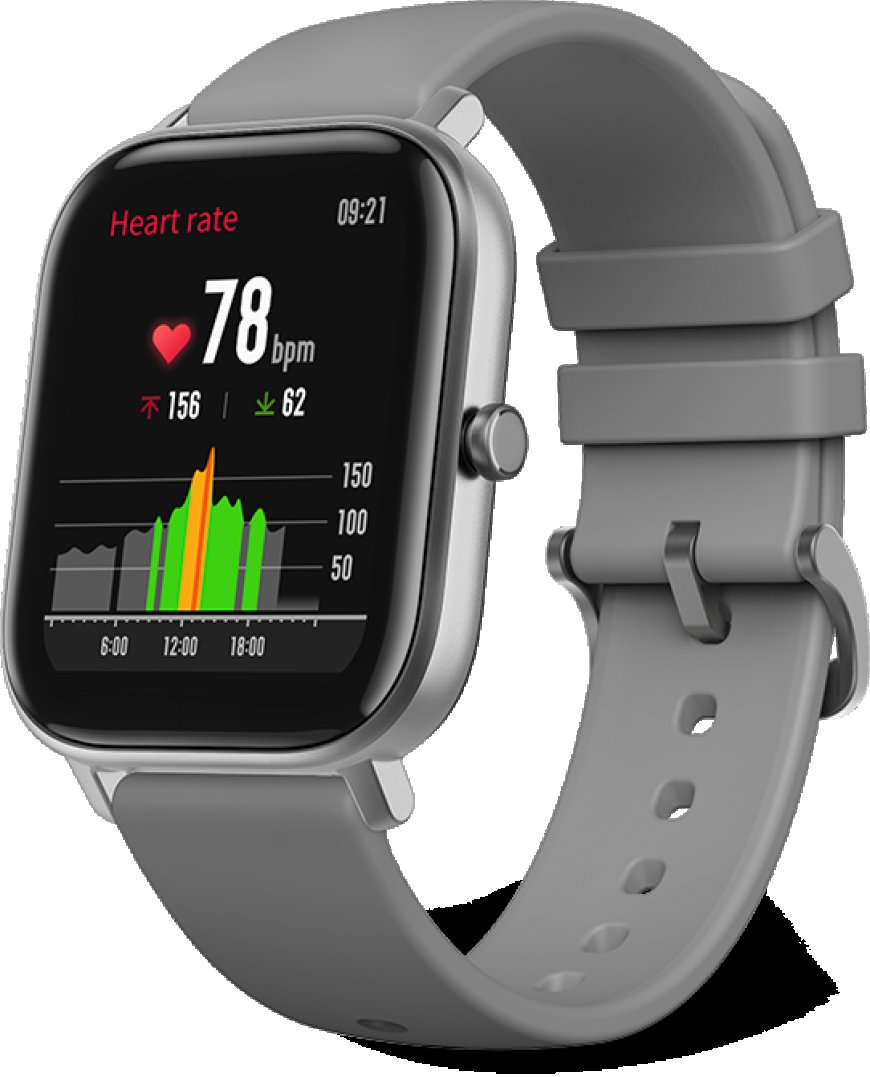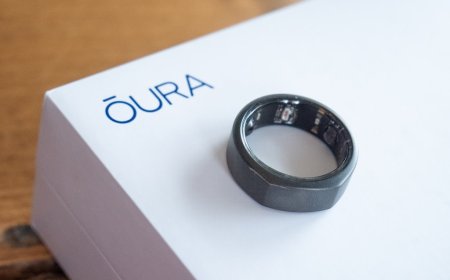The Future of Diabetes Management: Apple Watch as a Glucose Monitor
Discover the potential of the Apple Watch as a non-invasive glucose monitor and its potential to revolutionize diabetes management. Learn about the benefits and challenges of this technology.

The Future of Diabetes Management: Apple Watch as a Glucose Monitor
Diabetes affects millions of people worldwide, and managing the condition can be a challenge. For individuals with diabetes, monitoring blood glucose levels is a critical part of daily life. However, traditional glucose monitoring methods can be invasive, inconvenient, and costly. But what if there was a way to monitor blood glucose levels without the need for needles or other invasive methods? Enter the Apple Watch, which may soon be able to serve as a non-invasive glucose monitor.
What is the Apple Watch Glucose Monitor?
Apple has been working on a non-invasive glucose monitoring feature for the Apple Watch for several years. The technology is based on optical sensors that use light to measure glucose levels in the blood. The sensors are embedded in the back of the watch, and the user simply needs to place a finger on the sensor to take a reading.
While the technology is not yet available on the current generation of Apple Watches, Apple has filed several patents related to glucose monitoring and has reportedly been testing the feature in clinical trials.
Benefits of the Apple Watch Glucose Monitor
The Apple Watch glucose monitor has the potential to revolutionize diabetes management. Here are some of the key benefits of this technology:
-
Non-Invasive: Traditional glucose monitoring methods require pricking the skin with a needle to draw blood. The Apple Watch glucose monitor, however, is non-invasive, which means it can provide glucose readings without the need for needles or other invasive methods.
-
Convenience: The Apple Watch is a wearable device, which means that users can monitor their glucose levels on the go, without the need for additional equipment.
-
Cost-Effective: Traditional glucose monitoring methods can be expensive, especially for individuals without health insurance. The Apple Watch glucose monitor has the potential to be more cost-effective, as it eliminates the need for expensive testing strips and lancets.
-
Continuous Monitoring: The Apple Watch glucose monitor may be able to provide continuous glucose monitoring, which means that users can receive real-time glucose readings throughout the day. This can help individuals with diabetes make better decisions about managing their condition.
Challenges of the Apple Watch Glucose Monitor
While the Apple Watch glucose monitor has the potential to be a game-changer in diabetes management, there are still some challenges that need to be addressed before it can become a reality. Some of the key challenges include:
-
Accuracy: Glucose monitoring is a critical part of diabetes management, and accuracy is essential. The Apple Watch glucose monitor needs to be as accurate as traditional glucose monitoring methods to be effective.
-
Regulatory Approval: The Apple Watch glucose monitor will need to receive regulatory approval before it can be marketed as a medical device.
-
Integration with Diabetes Management Software: The glucose readings from the Apple Watch will need to be integrated with diabetes management software to be useful. This integration may require additional development and testing.
How to Use the Apple Watch Glucose Monitor
Apple is developing a non-invasive glucose monitoring feature for the Apple Watch, which has the potential to revolutionize diabetes management. The glucose monitor is based on optical sensors that use light to measure glucose levels in the blood, and the user simply needs to place a finger on the back of the watch to take a reading. While the technology is not yet available on the current generation of Apple Watches, here is how to use the Apple Watch glucose monitor when it becomes available:
- Set Up the Glucose Monitor
To use the Apple Watch glucose monitor, you first need to set it up on your Apple Watch. This may involve downloading a software update or a glucose monitoring app. Once you have set up the glucose monitor, you will need to calibrate it using traditional glucose monitoring methods, such as using a blood glucose meter. This ensures that the readings from the Apple Watch are accurate.
- Take a Reading
To take a reading with the Apple Watch glucose monitor, place your finger on the back of the watch where the sensors are located. The watch will emit a series of light signals to measure the glucose levels in your blood. The reading will appear on the watch face within a few seconds.
- Record the Reading
Once you have taken a glucose reading with the Apple Watch, you should record the reading in your diabetes management software or app. This helps you keep track of your glucose levels over time and can help you make informed decisions about managing your condition.
- Monitor Your Glucose Levels
The Apple Watch glucose monitor has the potential to provide continuous glucose monitoring, which means that you can receive real-time glucose readings throughout the day. This can help you make informed decisions about managing your condition, such as adjusting your insulin dosage or making dietary changes.
- Work with Your Healthcare Provider
While the Apple Watch glucose monitor has the potential to be a valuable tool for diabetes management, it is important to work closely with your healthcare provider to determine the best course of treatment for your condition. Your healthcare provider can help you interpret your glucose readings, adjust your treatment plan, and monitor your overall health.
Conclusion
The Apple Watch glucose monitor has the potential to revolutionize diabetes management by providing a non-invasive, convenient, and continuous glucose monitoring solution. While the technology is not yet available on the current generation of Apple Watches, it is an exciting development that could change the lives of millions of individuals with diabetes. As always, individuals with diabetes should work closely with their healthcare providers to determine the best course of treatment for their condition.
What's Your Reaction?





















































